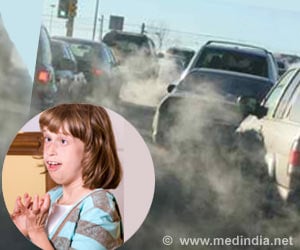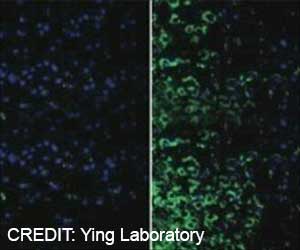Music, dance, art and storytelling have allowed an international team of researchers to reveal aspects of air pollution in Nairobi that would not have been identified otherwise.

‘Creating awareness about air pollution through songs, music, dance, art and storytelling can help reduce air pollution.’





Evidence suggests that top-down interventions often fail and therefore people should be put at the centre of developing ways around the problem. Designing meaningful solutions requires in-depth exploration of the relevant issues with stakeholders.
One of the authors of the study, Dr Cressida Bowyer from the University of Portsmouth, says: “For the first time, a study has placed arts and humanities methods at the centre of the exploration of perceptions of air pollution. Our research has pushed the boundaries between disciplines, between research and action, and between experts by education and experts by experience.
“Working with local communities, we were able to uncover contrasting definitions of air pollution, differing perceptions of who was responsible for enacting solutions, and overall a view that air pollution cannot be seen in isolation from the other issues faced by settlement residents.”
The use of these creative methods meant the researchers were able to explore the issue of air pollution with a wide range of stakeholders. The methods enabled local knowledge and experiences to be incorporated into the understanding of the issue, and allowed the voices of those living with the problem to be heard.
Advertisement
Advertisement
Dr Sarah West, Principal Investigator at the Stockholm Environment Centre, says: “From this range of methods we have gained a more complex and nuanced understanding of how air pollution is perceived and understood in Mukuru. The project also created new spaces and forums for dialogue and critical reflection on the topic of air pollution in the community.
“We urge other researchers wishing to address multifactorial problems, such as air pollution, to use a mixture of qualitative, participatory and creative methods to engage with a wide range of stakeholders. This can elicit new and unexpected understandings that may not otherwise emerge.”
Researchers concluded that using creative methods and a collaborative, co-created approach, allowed them to reveal aspects of air pollution that they would not otherwise have identified, and led to a more complex, nuanced and holistic understanding.
This project is part of the Air Network.
Source-Eurekalert










